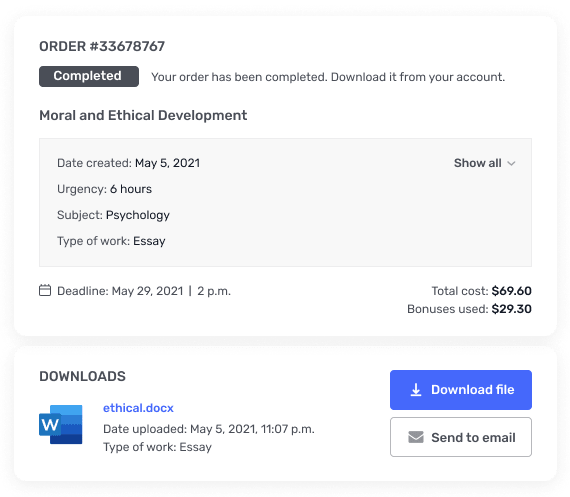Project Management-Project Management Lesson 4 Graded Problem Set
B ADM: Project ManagementLesson 4 Graded Problem SetPlease complete all graded problems. This assignment is open book and open notes; however, you may NOT help orshare answers with your fellow team members or classmates. You do not have a time limit.All answers must be submitted using the “answer submission form.” You will only be allowed one-time access to thesubmission form (so have your answers ready!). Once started the submission form will only be open for 1 hour.NO offline or e-mail submissions will be accepted.Use the project network, baseline time-phase budget and status information below to answer questions in this problem set.Baseline (PV)DURESSLBudget(PV)A2020100B325020050C1263200200D2251200150E1560100F2471600G36101600200100300H46100800200200200I36101600100400100J210120600TaskLF0125234567891011751005050100300300200300300Period PV Total2575400150350400500700600200300300Cumulative PV Total251005006501000140019002600320034003700400012Section IBased on the data provided in the Period 4 Status Report below answer the questions in this section.Status Report Ending Period 4Task% CompleteEVACPVA100%50%80C75%100D50%125E0%0F0%0G0%0H0%0I0%0J0%SV150BCV01.2.3.4.After period 4, what is the Planned Value (PV) of the worked schedule for Task A (round answer to two decimal places)? (5pts.)After period 4, what is the Earned Value (EV) for Task D (round answer to two decimal places)? (5 pts.)After period 4, what is the Cost Variance (CV) for Task B (round answer to two decimal places)? (5 pts.)After period 4, what is the Schedule Variance (SV) for Task C (round answer to two decimal places)? (5 pts.)Section IIBased on the data provided in the Period 8 Status Report below answer the questions in this section.Status Report Ending Period 8Task % Complete EVACPVCVSVA100%100 150 100-500B100%200 140 200600C100%200 110 200900D100%200 260 200-600E100%100 120 100-200F100%600 520 600800G100%600 700 300 -100300H45%360 100 400260-40I15%90 100 500-10-410J0%00000Cumulative Totals2450 2200 2600250-1505.6.7.After period 8, what is the Scheduling Performance Index (SPI) value (round answer to two decimal places)? (5 pts.)After period 8, what is the Cost Performance Index (CPI) value (round answer to two decimal places)? (5 pts.)After period 8, what is the Percent Complete Index based on Budget Amounts (PCI-B) (ro round answer to two decimalplaces)? (5 pts.)8. After period 8, what is the To Complete Performance Index (TCPI) (round answer to two decimal places)? (5 pts.)9. After period 8, what is the forecasted Estimated Total Cost at Completion (EACf) (r round answer to two decimal places)?(5 pts.) (Hint: use the forecasting method)10. After period 8, what is the forecasted Variance at Completion (VACf) (round answer to two decimal places)? (5 pts.) (Hint:use the forecasting method)Section IIIYou have been provided with the following revised estimates for the remainder of the project:Activity H will be completed at the end of period 12 at a total cost of 600Activity I will be completed at the end of period 12 at a total cost of 750Activity J will be completed at the end of period 14 at a total cost of 500Use the above revised estimates to answer the questions in this section.11. Base on the revised estimates, what is the Estimated Total Cost at Completion (EACre) (round answer to two decimalplaces)? (5 pts.) (Hint: use the revised estimate method)12. Base on the revised estimates, what is the Variance at Completion (VACre) (round answer to two decimal places)? (5 pts.)(Hint: use the revised estimate method)Section IVUse the information provided below to compress one time unit per move using the least cost method. Reduce the schedule until youreach the crash point of the network.CODEES Early StartEF Early FinishLS Late StartLF Late FinishSL SlackID Activity IdentifierDUR Duration0EFIDLSDUR4464108181313G181800001318181111001111213511E6411154A65F12614C06LF440Critical Path – “BCDGH”SLSL0B00ES7D5H064318Figure 1Activity IDActivityPredecessorTable 2CrashMaxCostCrash(Slope)TimeNormalCostNormalTime(days)ANone125220005BNone225240004CB150325007DA, C50110002EA, C–050003FB300330008GD10025005HE, F, G2003100024613. What is the direct cost of the project after the project is crashed using the least cost method to duration of 18 days (roundanswer to two decimal places)? (5 pts.)14. Which activities do you need to crash to get to the crash point of the network? (5 pts.)15. What is the duration (in days) of the project after the project is crashed to the crash point of the network? (10 pts.)24Section VTable 3 below provides the direct and indirect costs incurred by an IT project for various project durations. Use this information toanswer the questions in this section.Table 3ProjectDuration(in days)57Direct Costs3200IndirectCost11005434001050503550100048385095016. Given the data provided in Table 3, should the project be crashed? (5 pt.)17. If the project’s client was willing to pay $100 for each day the project was delivered early to the 48th day mark, what daywould you crash the project to? (5 pts.)Section VIUse the information provided below to answer the question in this section.Assume your project team has identified two factors that significantly affect the project’s probability of failure, degree of integration(Pi) and number of units involved (P n); where the probability of Pi and Pn are 0.30 and 0.45, respectively. They have also identified thefollowing five consequences: time (Ct), budget (Cb), quality (Cq), external stakeholder satisfaction (Ce), and internal stakeholdersatisfaction (Ci). They have determined the value of these consequences as follows: Ct= 0.20, Cb= 0.40, Cq= 0.30, Ce= 0.30, and Ci =0.10.18. Based on a calculated risk factor (RF), how would you classify the risk (Low RF < 0.30, Medium RF 0.30 to 0.70, High RF >0.70)? (10 pts.)




